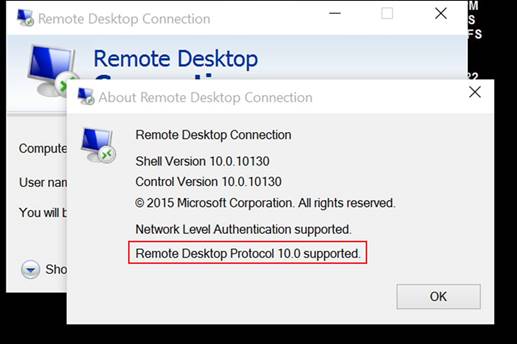

Endpoints may include PCs, thin clients, or mobile devices. Users can then access the operating system (OS) and applications on that endpoint. Only Windows clients are supported for these optimizations. Last Updated: ApVirtual desktop infrastructure (VDI) is a server-based computing model that allows you to deliver a desktop imageover a networkto an endpoint device. For example, Windows x86 or 圆4 (Phone and Meetings): 5.2. In the Compatible Plugins table, find the row for the VDI client that you installed, and, in the second column, select the appropriate entry for Azure Virtual Desktop.In a browser, navigate to the VDI release version page matching the page you used to install the VDI client.Sign in to the Windows PC that will be used to access the Cloud PC.Install the plugin on the local Windows PC For more information about deploying apps, see the Win32 App management guide. Run the MSI and follow the installation instructions.Īlternatively, the admin can deploy the Zoom VDI client. The image of the computer you are connected to is displayed on your screen by automatically adjusted to your own screen resolution.Download hi-res images and animations to elevate your next Zoom meeting. Download Center Zoom Virtual Backgrounds.

On the VDI Release Version page, select Click here to download VDI Client. Keep your Zoom client up to date to access the latest features.In the Download Links table, under VDI Release – Version, select the most recent version (for example, 5.8.4).Have the user sign in to the Cloud PC as a local administrator and, in their browser, navigate to the Zoom VDI downloads and backwards compatibility page.Install the Zoom VDI client on the Cloud PC * These don't support connections through a web browser. If you run into issues with Zoom for VDI on your Cloud PC, contact Zoom support.


 0 kommentar(er)
0 kommentar(er)
